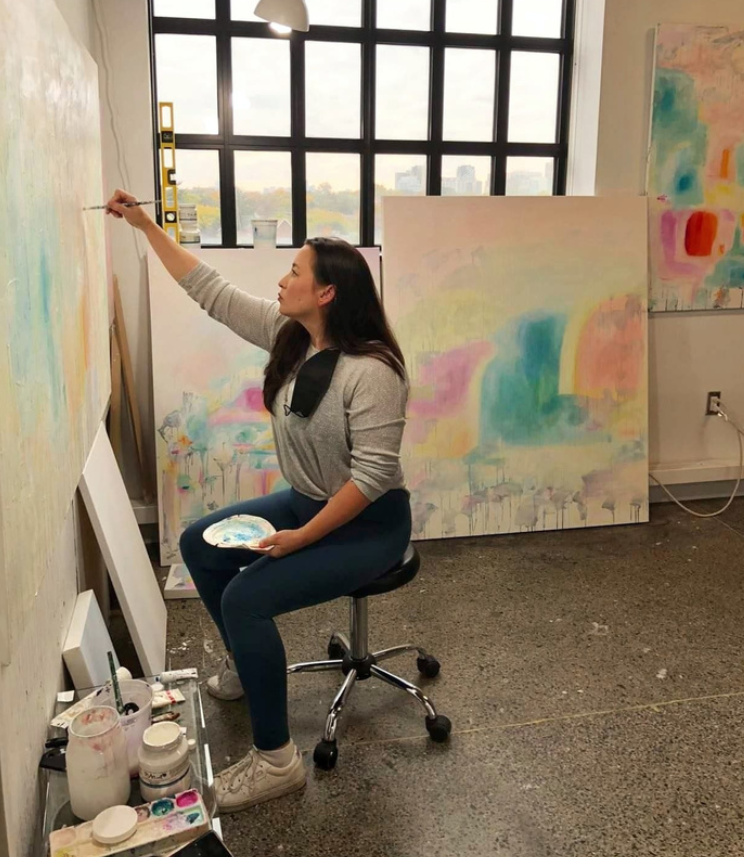Grants: they may not be a walk in the park, but they are an important part of many professional artist’s careers. Grants can afford you the time and space to take your practice to the next level. Here are some helpful tips to get you started.
1. Tell your story
Put lots of thought into who you are and what kind of project you’d like to accomplish. What is the magic cocktail of experience that makes you the right artist for this project? Why now? What in your experience has prepared you to pull this off? Believe it or not, grant writing is storytelling. Don’t hide behind jargon and big, fancy words. Writing your story clearly and passionately is the best way to capture the panel’s attention.
2. Don’t take it personally
Easier said than done, right? If you aren’t chosen for a grant, try not to let it interfere with your self worth/sense of confidence as an artist. Ask for feedback from the grant panel, they’ll usually be happy to give it to you. Remember, your entire career doesn’t ever rest on one grant. Being able to keep up a steady routine of grant writing over the years will absolutely pay off in the end.
3. Turn the grant writing process into something more
Essentially, the grant panel wants a business plan for your art project. They want you to know you’ve thought through every aspect; the themes, the timeline, the materials. If you take this process seriously, it shows! And whether you land the grant or not, you’ve finished a comprehensive plan for the future of your practice.
4. Don’t go it alone!
You should never be the only reader of your grant. It’s hard to look at your own work with eyes fresh enough to catch your own mistakes. You can ask a professional, a friend, a mother, or a studio mate to read it over. Choose your editor wisely, whoever they are, be sure they will give an honest opinion.



















































